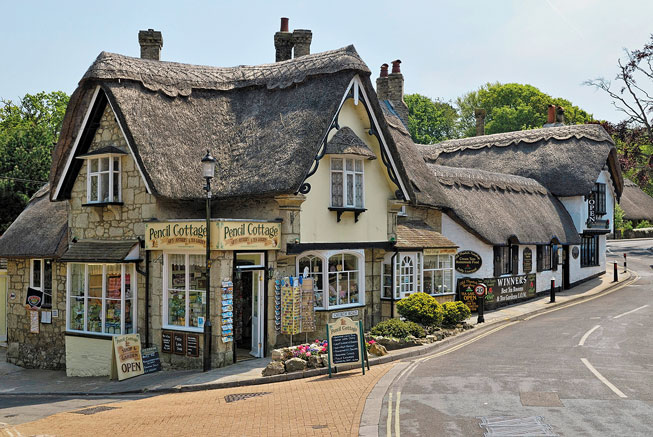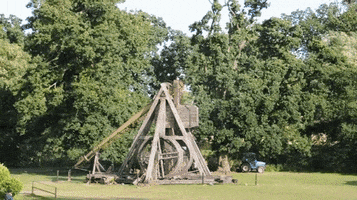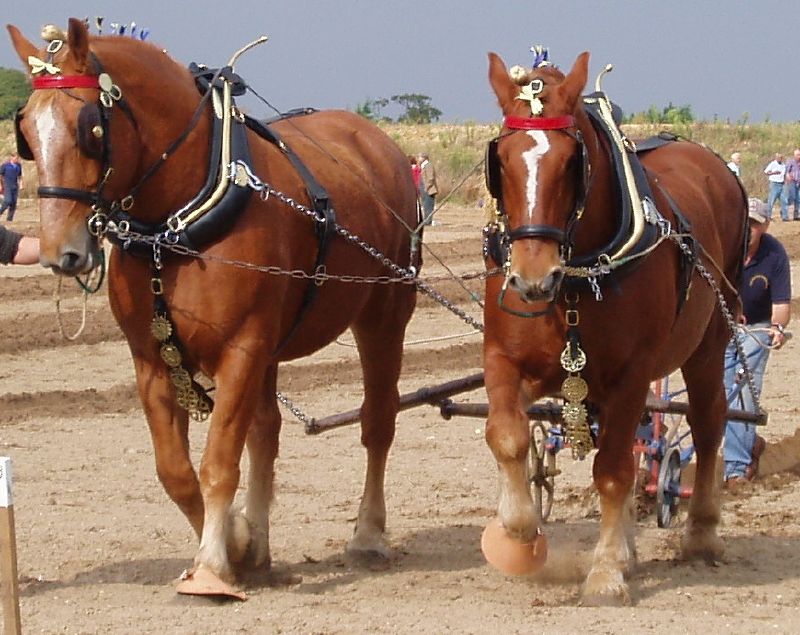Unless you are going to harvest with a scythe and make the shucks (Suffolk dialect) by hand you will also need a binder. Maybe these sorts of tools and equipment are languishing unloved in barns and can be renovated but you will still need to grow old fashioned long straw varieties.C-Mag wrote: Fri Jun 15, 2018 2:53 pm I know nothing about it, but it seems to me that this would be very doable in the American grain belt. Old tractors and farming equipment, including thrashers, have become a hobby for farmers and there are a lot of them around.
However, finding people that even know how to handle grain in traditional shocks and that type of stuff would be near impossible, not to mention finding someone that could build a thatched roof.
We just built entire buildings from straw bales.
Not impossible but very labour intensive. When we are threshing it takes a minimum of five people several hours to process a single stack.
At the end of the day roofs were made with straw (or reed) because it was the only material locally available. Once trains were able to bring slate from the Welsh mountains or tiles from the kilns of far off towns then thatch became all but obsolete.
Most old houses had their thatch replaced with slate or clay tiles because it lasted longer, was cheaper and required little to no maintenance. You can tell that a house used to be thatched by the much steeper pitch of the roof which was required to shed the rain water more effectively.
Even now some thatched roofs are replaced due to the fact that insurance is much higher because the risk of fire and the unwillingness of lenders to provide a mortgage for them.
There are only really two good reasons to re-thatch a roof today. Tradition and aesthetics.




Pink houses like the last image are a Suffolk tradition and the colour is achieved by adding pigs blood to the limewash paint.


